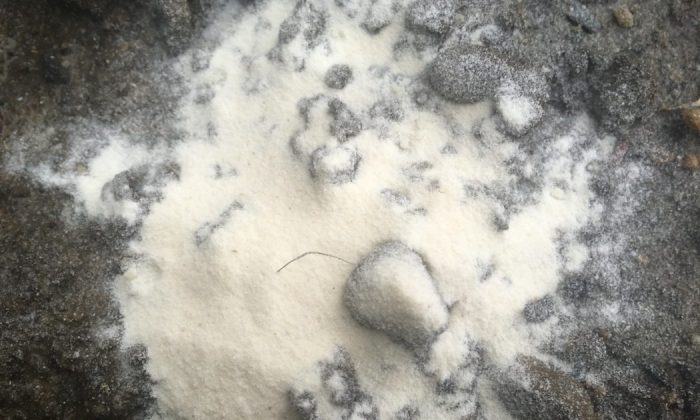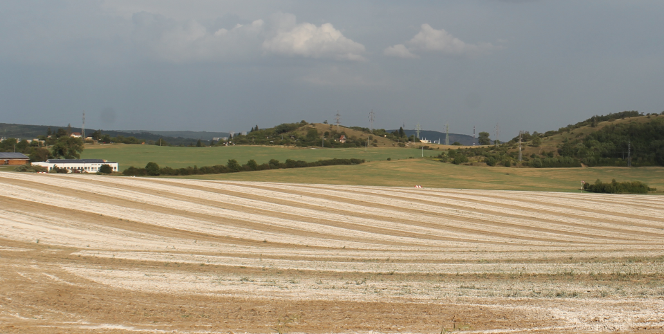Do not use garden lime together with cow’s manure

Liming your garden is one of the typical activities that you usually do in autumn. Plants definitely need calcium but water can wash away calcium from the substrate over time and therefore it is necessary to replenish calcium at regular intervals. If you grow the same vegetables on a specific spot you should lime every four years or so. In the following lines we shall focus on calcium doses, when you should supply calcium and when you should not. We shall also focus on differences between individual types of lime and why you should not use cow’s manure and calcium together.
So, how much calcium should you use?
Usually gardeners use ground limestone or nitrogen lime and the dosage varies based on the soil type.
Calcareous soil – 0.5 – 1 kg of ground limestone (0.25 – 0.5 kg of nitrogenous lime) per 10 m2
Slightly acidic soil – 2 – 2 kg of ground limestone (0.5 – 1 kg of nitrogenous lime) per 10 m2
Acidic soil – 2 – 3 kg of ground limestone (1 – 1.5 kg of nitrogenous lime) per 10 m2
If the soil has pH higher than 7.2 and contains calcium carbonate you do not need to supply calcium. You can detect the presence with a little bit of vinegar that you drop on the soil. If the drops bubble gently you need to measure pH. A proper agrochemical analysis is much better of course. A neutral pH is best, as it best supports biological activity. It depends on the plants you grow too. Canadian blueberries for example love acidic soil, while many aromatic herbs prefer an alkaline soil ….but what kinds of soils are there?
- strongly alkaline: pH above 7.7,</ li >
- alkaline: pH 7.3 – 7.7,</ li >
- neutral: pH 6.6 to 7.2,</ li >
- weakly acidic: pH 5.1 to 6.5,</ li >
- acidic: pH 4.6 to 5.</ li >
- strongly acidic soil pH up to 4.4.</ li >
Liming and vegetables
You should know that most vegetables are very sensitive to liming. This is why you should lime after 4 years, and use smaller doses. Liming is probably most effective with various leguminous vegetables, such as cauliflower, cabbage, radish or kohlrabi. You should lime 2 to 3 weeks before planting or sowing. Some types of vegetables do not need liming at all and that includes for example tomatoes, carrots or lettuce. A good idea is to lime compost for example, as it will speed up the ripening process and will (to a certain extent) eliminate the typical odour.
Photo: Pixabay
Difference between dolomite and nitrogenous lime
Dolomite lime is used at any time during the year as it supplies magnesium and calcium to the soil. Nitrogenous lime is a mixture of lime and nitrogen and it is used during autumn to disinfect. That is why it is added to compost and used in spring – about 2 to 6 weeks before sowing or planting.
And what about cow’s manure?
If you use cow’s manure and lime together, the nitrogen will evaporate from the lime in the form of ammonia and you do not want that so, do not do that.
Preview photo: Pixabay

Gardening is my hobby, I have a lot of experience and I am happy to share it.









0 comments